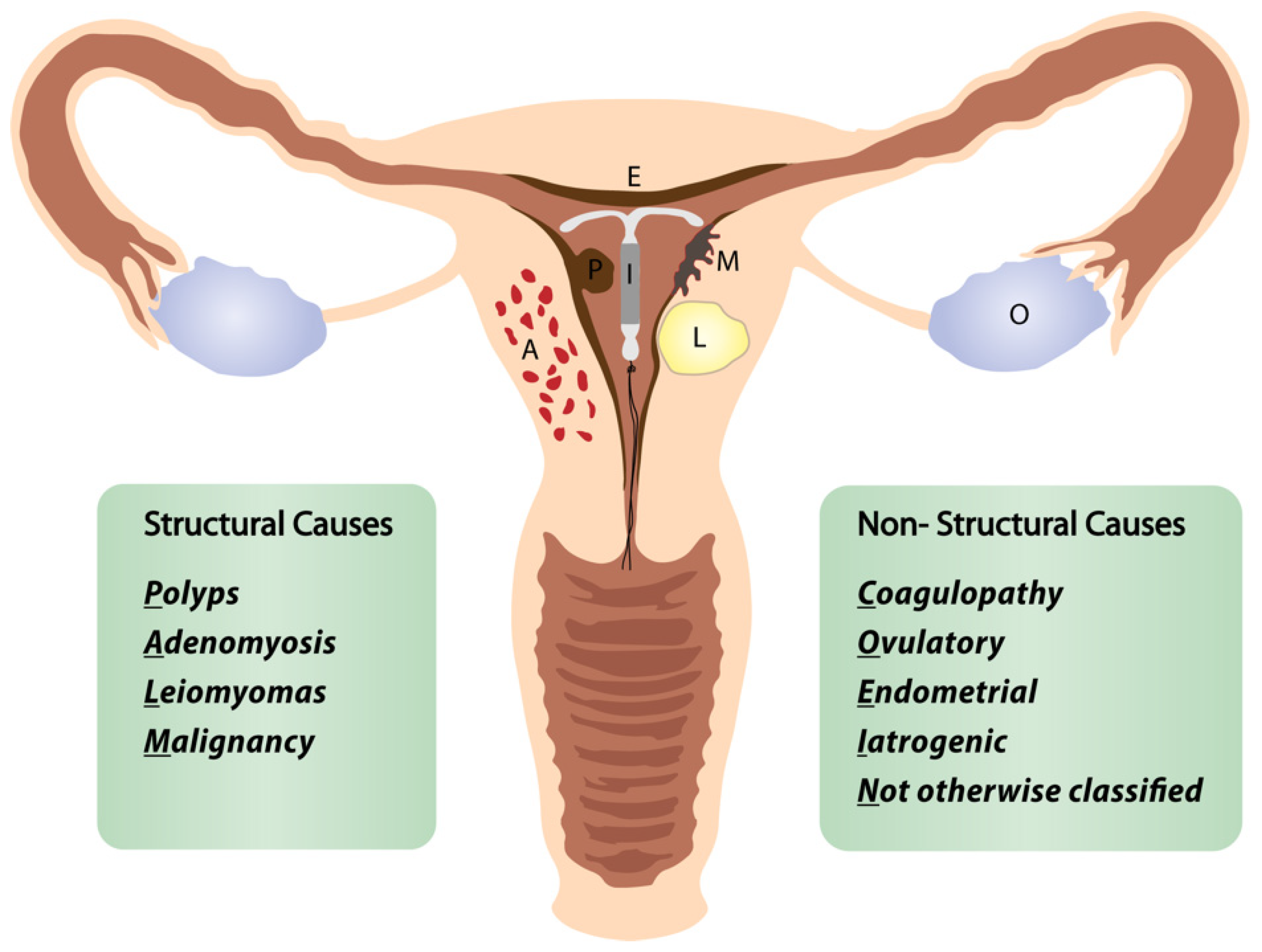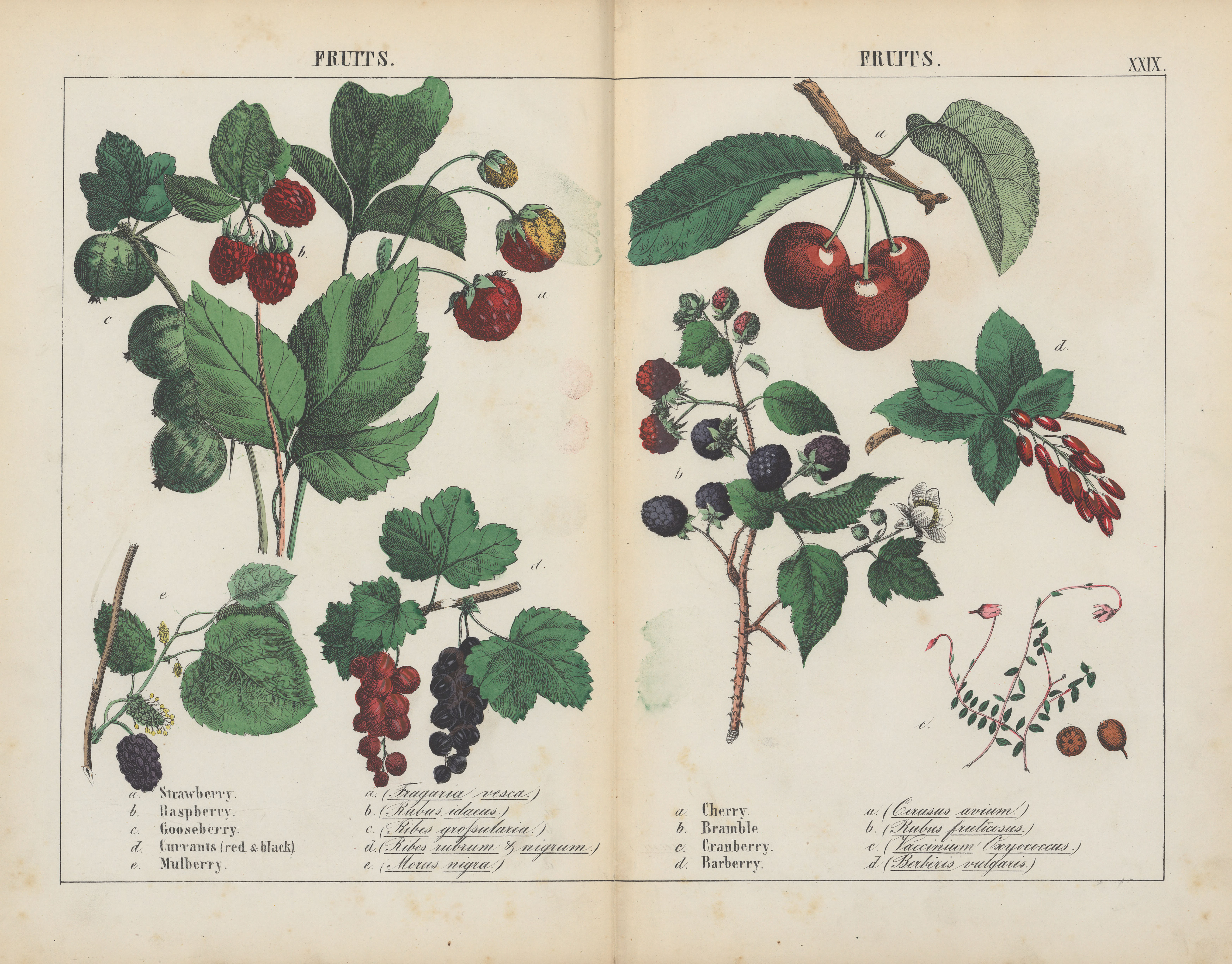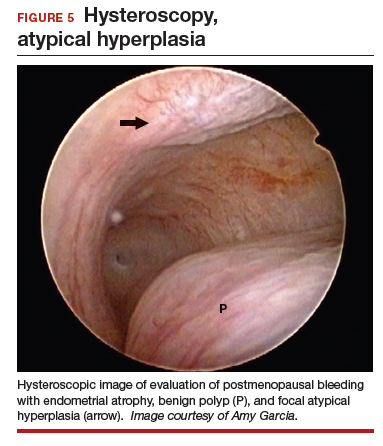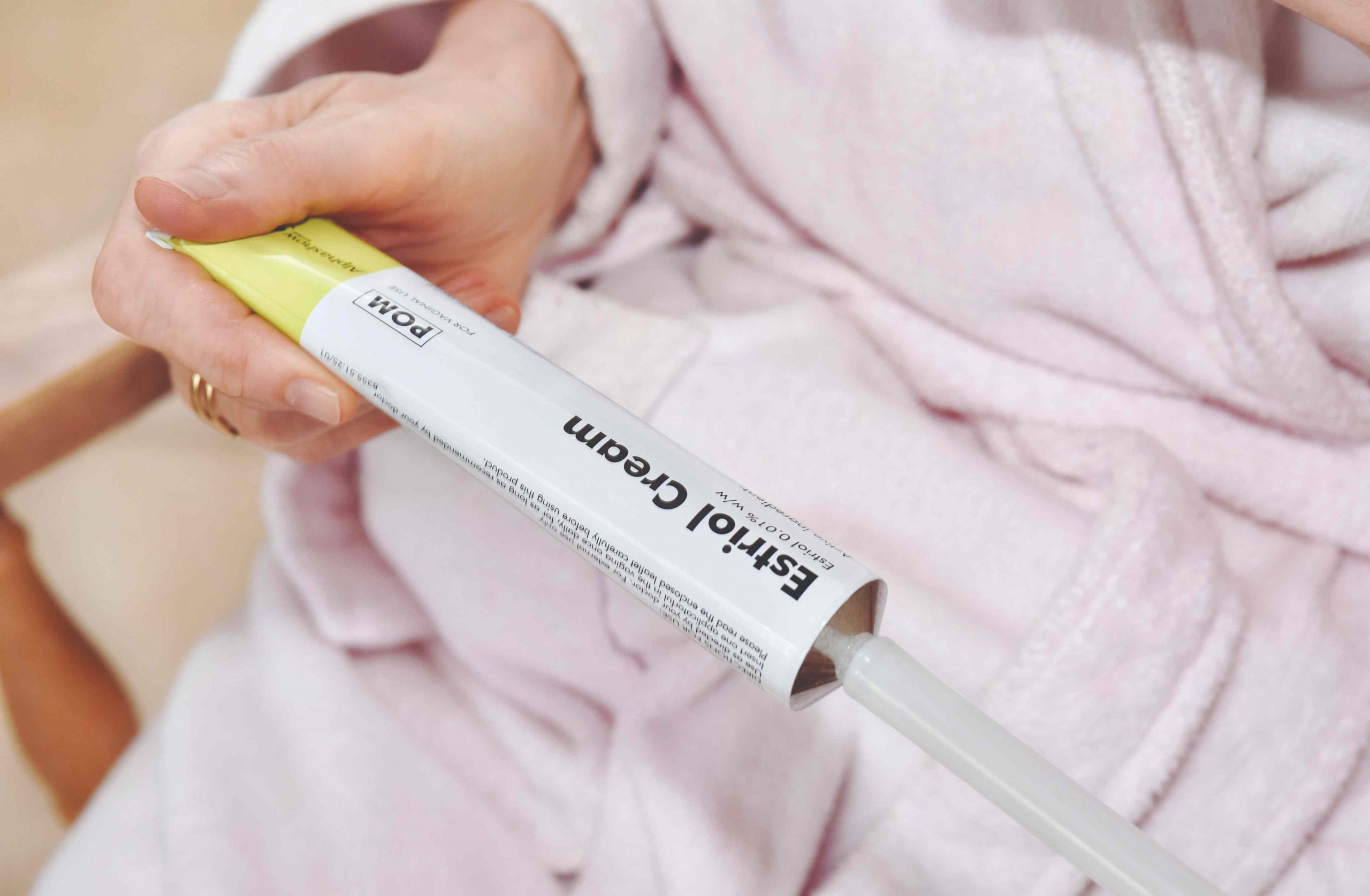Postmenopausal bleeding (Pmb) and benign conditions Study in rural
4.9 (559) · $ 9.99 · In stock
Detailed history Assessment of risk factors Full clinical examination Investigations: Routine Pap smear Appropriate biopsy Smear Cytology TVS HSG combined with TVS Saline sono-hysterography CT MRI (as required)
Postmenopausal bleeding (Pmb) and benign conditions Study in rural belt of India
Benign conditions though most frequent and can cause considerable distress. Study: In Gynecology department, RIMS, a rural based tertiary center (Jan’10-July’12) patients, 1200 Pmb. Aim To exclude malignancy To confirm diagnosis To treat accordingly.
Para<=5: 513 (57 %) Low SES: 700 (78%) No circumcision: 555 (61.66%) belonging to Hindu community
50-54 yrsEndometrial (Em) yrs Endometrial (Em)
300(25%) in present study had malignant lesions. Community education, mass screening, regular follow up, timely intervention is necessary even with slight bleeding. Em. Thickness >4mm, bulky uterus considered malignant unless until proved..
QUESTIONS Thank you Dr Gopa Chowdhury Asstt. Prof, RIMS, Ranchi INDIA

PDF] Evaluation of Recurrent Postmenopausal Bleeding

POSTER TEMPLATE BY: Spontaneous rupture of a pyometra in a woman with a mixed mullerian tumour of the uterine corpus - A review. - ppt download

Benign gynaecological disorders - ppt download

PDF] Evaluation of Recurrent Postmenopausal Bleeding

Diagnostics, Free Full-Text

Post-menopausal bleeding PV Dr Nasira Sabiha Dawood. - ppt download

Post Menopausal Bleeding - ppt download

Post Menopausal Bleeding - ppt download

Postmenopausal Bleeding: An Update European Journal of Medical and Health Sciences

Clinical guidelines for the management of postmenopausal bleeding, as

Postmenopausal bleeding (Pmb) and benign conditions Study in rural belt of India. - ppt download

Approach to postmenopausal bleeding: Clinical sciences - Osmosis Video Library

Bleeding (Post-Menopausal)

Post-menopausal bleeding PV Dr Nasira Sabiha Dawood. - ppt download

Post-menopausal bleeding PV Dr Nasira Sabiha Dawood. - ppt download











